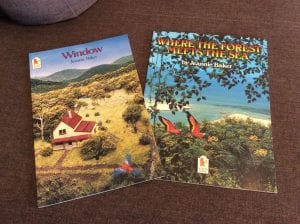Stocktake of Children’s Literature
It sounds ridiculous when I say it out loud, but as a teacher, I never felt as though I had time to simply enjoy books in my classroom. Sure, I’ve included books as a tool for research, and taught reading using books. I set up a wicked reading corner and instilled in my students pride in keeping it tidy.
But I was rarely able to just enjoy a great book without it having a purpose beyond pure entertainment.
As such, my stocktake of children’s literature over the last seven years has been somewhat limited by the rigours of classroom teaching. I’ve had glimpses of children’s literature, of course, at Book Week, for example. I’ve seen which books get chosen to be read after lunch each day. And I’ve had kids’ books pop up in my email inbox, as part of newsletter subscriptions with publishers. But I haven’t really known what is popular, or which books have won awards.
Until now!
Having started my new job in a school library this year, I’m just starting to catch up on recent children’s literature. Humorous series, like Weirdo, or the Treehouse books, are very popular. In fact, the Diary of a Wimpy Kid series box rarely has any books left in it. Books that were around when I was a kid are still there, but they don’t seem to be as popular. Books like the Redwall series, or authors like Judy Blume, or Roald Dahl.
As far as genres and formats go, I feel relatively knowledgeable on middle grade novels about sport, as I did have to do some research in this area when self-publishing my Bernard Beagle series during the last four years. I know what sorts of language, themes and structures go into books for this audience. I can also remember a couple of children’s books we studied at Flinders for my Bachelor of Education. At this stage of my library career, though, I don’t have a strong knowledge about any other genres and formats.
Some strategies I already use to keep up with children’s literature:
- Subscriptions to publishers newsletters
- Walking through the children’s section at book shops
Some strategies I could start to use:
- Subscribing to other children’s literature magazines and blogs
- Reading some more of the books held in my own school library collection
I’m actually really looking forward to Module 2! It will be great to dip into the universe of children’s literature!

